Home>Home Appliances>Kitchen Appliances>How Much Electricity Does A Dehydrator Use
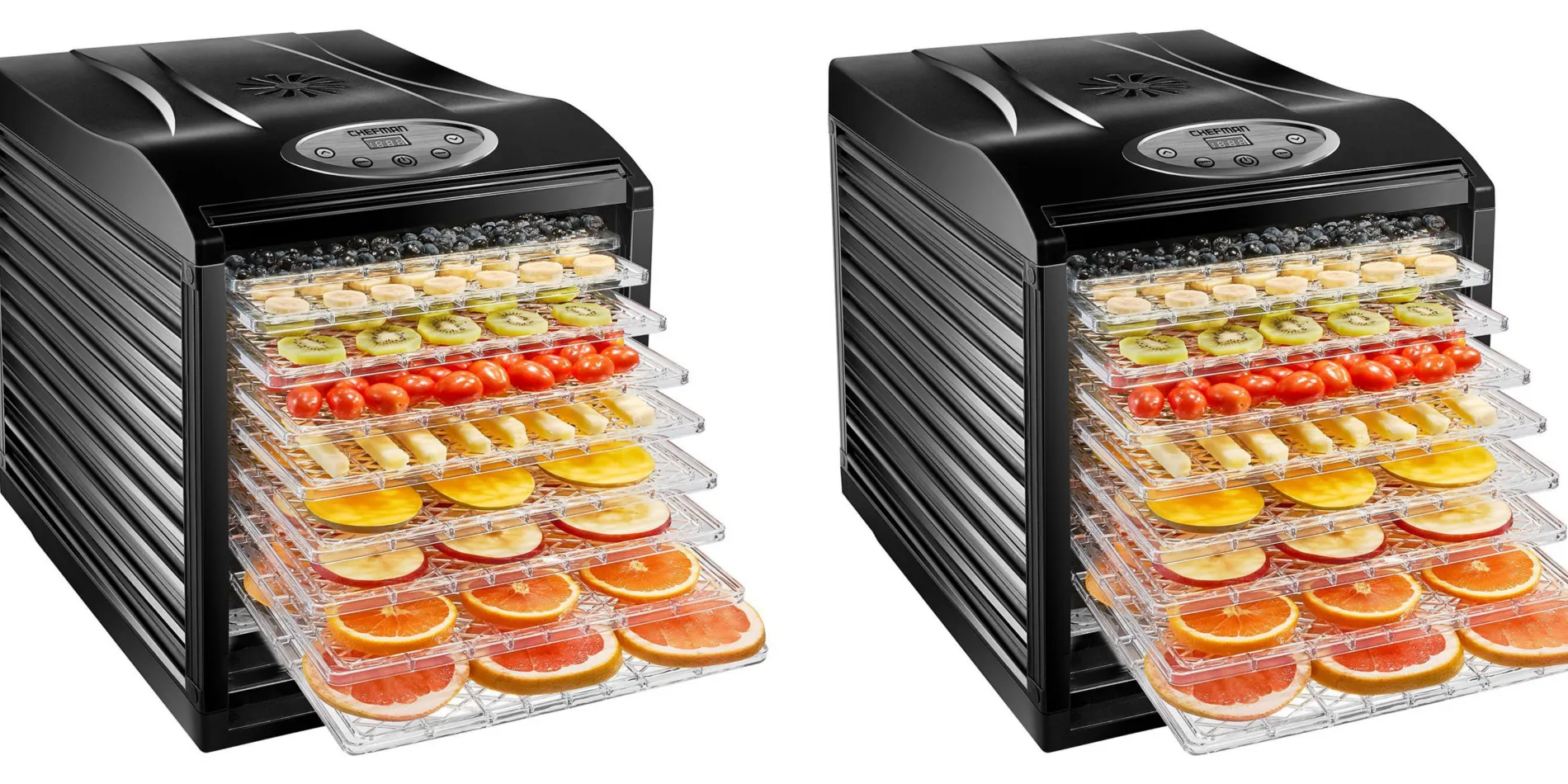

Kitchen Appliances
How Much Electricity Does A Dehydrator Use
Modified: February 18, 2024
Discover the energy consumption of kitchen appliances like dehydrators. Learn how much electricity a dehydrator uses and how to optimize its energy efficiency. Gain insights on managing power consumption in your kitchen.
(Many of the links in this article redirect to a specific reviewed product. Your purchase of these products through affiliate links helps to generate commission for Storables.com, at no extra cost. Learn more)
Introduction
Dehydrators have become a popular kitchen appliance for preserving fruits, vegetables, and meats while retaining their nutritional value. However, many individuals are curious about the electricity consumption of these devices. Understanding the electricity usage of a dehydrator is crucial for managing energy costs and making informed decisions about its usage.
In this article, we will delve into the intricacies of dehydrator electricity consumption, exploring the factors that influence energy usage and providing practical tips for reducing electricity consumption. By gaining insight into the energy dynamics of dehydrators, you can make conscious choices that align with your sustainability goals and budgetary considerations.
Let's embark on a journey to uncover the nuances of dehydrator electricity usage, empowering you to harness the benefits of this appliance while optimizing energy efficiency.
Key Takeaways:
- Dehydrator electricity usage can be managed by considering factors like size, temperature, and frequency of use. Calculating energy consumption and implementing energy-saving tips can lead to cost savings and sustainable culinary practices.
- By consolidating dehydration tasks, optimizing temperature settings, and utilizing renewable energy sources, you can reduce electricity consumption while maximizing the efficiency and sustainability of your dehydrator. Embracing energy-efficient habits contributes to cost savings and environmental conservation.
Understanding Dehydrators
Dehydrators are versatile appliances designed to remove moisture from various foods, thereby extending their shelf life and intensifying flavors. They achieve this through a consistent flow of warm air, which gently evaporates the moisture content of the food items. This process not only preserves the food but also concentrates its natural sugars and flavors, resulting in delicious, nutrient-dense snacks and ingredients.
Modern dehydrators typically feature adjustable temperature settings and multiple trays, allowing users to dehydrate different foods simultaneously. The trays are perforated to facilitate air circulation, ensuring uniform drying across all levels. Additionally, some dehydrators are equipped with timers and automatic shutoff functions, providing convenience and peace of mind during the dehydration process.
Dehydrators are valued for their ability to produce a wide array of dehydrated foods, including fruits, vegetables, herbs, jerky, and even yogurt. This versatility makes them indispensable for individuals seeking to minimize food waste and embrace a sustainable approach to food preservation.
As you explore the world of dehydrators, it’s essential to consider their energy consumption, as this aspect plays a pivotal role in their overall utility and cost-effectiveness. By gaining a deeper understanding of the factors influencing electricity usage, you can make informed decisions about when and how to use your dehydrator, optimizing its efficiency while minimizing energy expenditure.
Factors Affecting Electricity Consumption
Several key factors influence the electricity consumption of a dehydrator, shaping its overall energy efficiency and operational costs. Understanding these factors is essential for managing energy usage and making informed decisions about the deployment of this appliance.
- Size and Capacity: The size and capacity of a dehydrator significantly impact its electricity consumption. Larger units with greater drying capacity may consume more energy, especially when operating at full capacity. It’s important to consider the appropriate size for your needs to avoid unnecessary energy expenditure.
- Temperature Settings: The temperature at which a dehydrator operates directly affects its energy consumption. Higher temperatures generally lead to increased electricity usage, as the appliance works harder to maintain the desired heat levels. Selecting lower temperatures when suitable for the food being dehydrated can help conserve energy.
- Insulation and Airflow: The insulation and airflow design of a dehydrator impact its energy efficiency. Well-insulated models with efficient airflow mechanisms can maintain consistent temperatures more effectively, potentially reducing overall electricity consumption compared to units with poor insulation and airflow management.
- Duration of Use: The duration for which a dehydrator is operational directly correlates with its electricity consumption. Longer drying times result in increased energy usage. Monitoring and optimizing the duration of use can contribute to energy savings.
- Frequency of Use: The frequency at which a dehydrator is utilized also affects its electricity consumption. Regular, prolonged usage will naturally lead to higher energy expenditure. Assessing the necessity of dehydration and consolidating batches can help minimize energy consumption.
- Energy Efficiency Rating: Some dehydrators are designed with energy-efficient features and technologies, such as improved insulation, digital temperature controls, and energy-saving modes. Units with higher energy efficiency ratings may consume less electricity while delivering exceptional drying performance.
By considering these factors, you can gain insight into the energy dynamics of dehydrators and make conscious choices to optimize their electricity consumption. In the subsequent section, we will explore how to calculate the electricity usage of a dehydrator, empowering you to manage energy costs effectively.
Consider using a dehydrator with an adjustable thermostat to control the temperature and reduce energy usage. Also, try to dehydrate multiple batches at once to maximize efficiency.
Calculating Electricity Usage
Understanding the electricity usage of a dehydrator involves simple calculations that can provide valuable insights into its energy consumption. To calculate the electricity usage of your dehydrator, you will need to consider its wattage and the duration of operation.
Step 1: Determine the Wattage
Refer to the manufacturer’s specifications or the appliance label to identify the wattage of your dehydrator. The wattage indicates the rate of energy consumption, representing the amount of electricity the dehydrator utilizes per unit of time.
Step 2: Calculate the Energy Consumption
Once you have the wattage, you can calculate the energy consumption by multiplying the wattage by the number of hours the dehydrator is in operation. The formula for this calculation is:
Energy Consumption (in kilowatt-hours) = Wattage (in kilowatts) × Time (in hours)
For example, if your dehydrator has a wattage of 600 watts and operates for 8 hours, the energy consumption can be calculated as follows:
Energy Consumption = 600 watts ÷ 1000 (to convert to kilowatts) × 8 hours = 4.8 kilowatt-hours
By performing this straightforward calculation, you can gauge the electricity usage of your dehydrator and make informed decisions about its operational patterns. This knowledge empowers you to manage energy costs effectively and align the usage of your dehydrator with your sustainability objectives.
Furthermore, it’s beneficial to track the energy consumption of your dehydrator over time, enabling you to identify usage patterns and optimize its operational schedule to minimize electricity expenditure. In the following section, we will explore practical tips to reduce electricity consumption while using a dehydrator, fostering energy efficiency and cost savings.
Tips to Reduce Electricity Consumption
Efficiently managing the electricity consumption of your dehydrator can lead to significant energy savings while preserving the functionality and effectiveness of the appliance. By implementing the following tips, you can optimize the energy efficiency of your dehydrator and minimize electricity usage:
- Batch Dehydration: Consolidate your dehydrating tasks to minimize the frequency of operation. By dehydrating multiple batches of food in a single session, you can reduce overall energy consumption and maximize the efficiency of your dehydrator.
- Optimal Temperature Settings: Select the lowest effective temperature for the foods being dehydrated. Lower temperatures can facilitate energy savings, especially for items that do not require high heat levels for efficient drying.
- Strategic Timing: Plan your dehydration sessions during off-peak electricity hours, if applicable. This can result in reduced energy costs, as off-peak periods often feature lower electricity rates.
- Inspection and Maintenance: Regularly inspect and clean the vents, filters, and other components of your dehydrator to ensure optimal airflow and energy efficiency. Proper maintenance can contribute to consistent performance and reduced electricity consumption.
- Utilize Renewable Energy: If feasible, consider powering your dehydrator with renewable energy sources, such as solar or wind power. This approach aligns with sustainable practices and can mitigate the environmental impact of electricity consumption.
- Invest in Energy-Efficient Models: When purchasing a new dehydrator, prioritize models with high energy efficiency ratings and advanced features designed to minimize electricity usage. Energy-efficient units can deliver exceptional drying performance while conserving energy.
- Monitoring and Automation: Utilize timers and automated shutoff functions, if available, to regulate the duration of operation and prevent unnecessary energy usage. This proactive approach can enhance energy management and reduce electricity waste.
By integrating these strategies into your dehydrating practices, you can effectively reduce electricity consumption while maximizing the utility and sustainability of your dehydrator. Embracing energy-efficient habits not only contributes to cost savings but also aligns with environmental conservation efforts, promoting a harmonious balance between culinary pursuits and energy consciousness.
Read more: How Much Electricity Does A Hair Dryer Use
Conclusion
Exploring the intricacies of dehydrator electricity usage unveils a realm of opportunities for optimizing energy efficiency and fostering sustainable culinary practices. By delving into the factors that influence electricity consumption, calculating energy usage, and implementing strategies to reduce electricity expenditure, you can harness the full potential of your dehydrator while minimizing its environmental footprint and operational costs.
Understanding the nuanced interplay between size, temperature settings, insulation, and usage patterns empowers you to make informed decisions about when and how to utilize your dehydrator, aligning its operational dynamics with your energy management objectives. Whether you are dehydrating fruits for nutritious snacks, preserving garden harvests, or crafting homemade jerky, integrating energy-efficient practices into your dehydrating endeavors can lead to tangible benefits for both your household and the environment.
As you embark on your journey to optimize dehydrator electricity usage, consider the transformative potential of sustainable energy management. By embracing batch dehydration, strategic timing, and maintenance protocols, you can curate a harmonious balance between culinary creativity and energy consciousness, culminating in delectable dehydrated delights that reflect your commitment to efficient, mindful living.
Ultimately, the quest to reduce electricity consumption while using a dehydrator transcends mere energy management; it embodies a holistic ethos of responsible resource utilization and conscientious stewardship of our culinary pursuits. By cultivating energy-efficient habits and leveraging the capabilities of your dehydrator judiciously, you can savor the fruits of your labor while nurturing a sustainable, eco-conscious culinary ecosystem.
May your dehydrating adventures be imbued with the spirit of energy mindfulness, paving the way for delectable creations that resonate with both gastronomic delight and environmental harmony.
Frequently Asked Questions about How Much Electricity Does A Dehydrator Use
Was this page helpful?
At Storables.com, we guarantee accurate and reliable information. Our content, validated by Expert Board Contributors, is crafted following stringent Editorial Policies. We're committed to providing you with well-researched, expert-backed insights for all your informational needs.
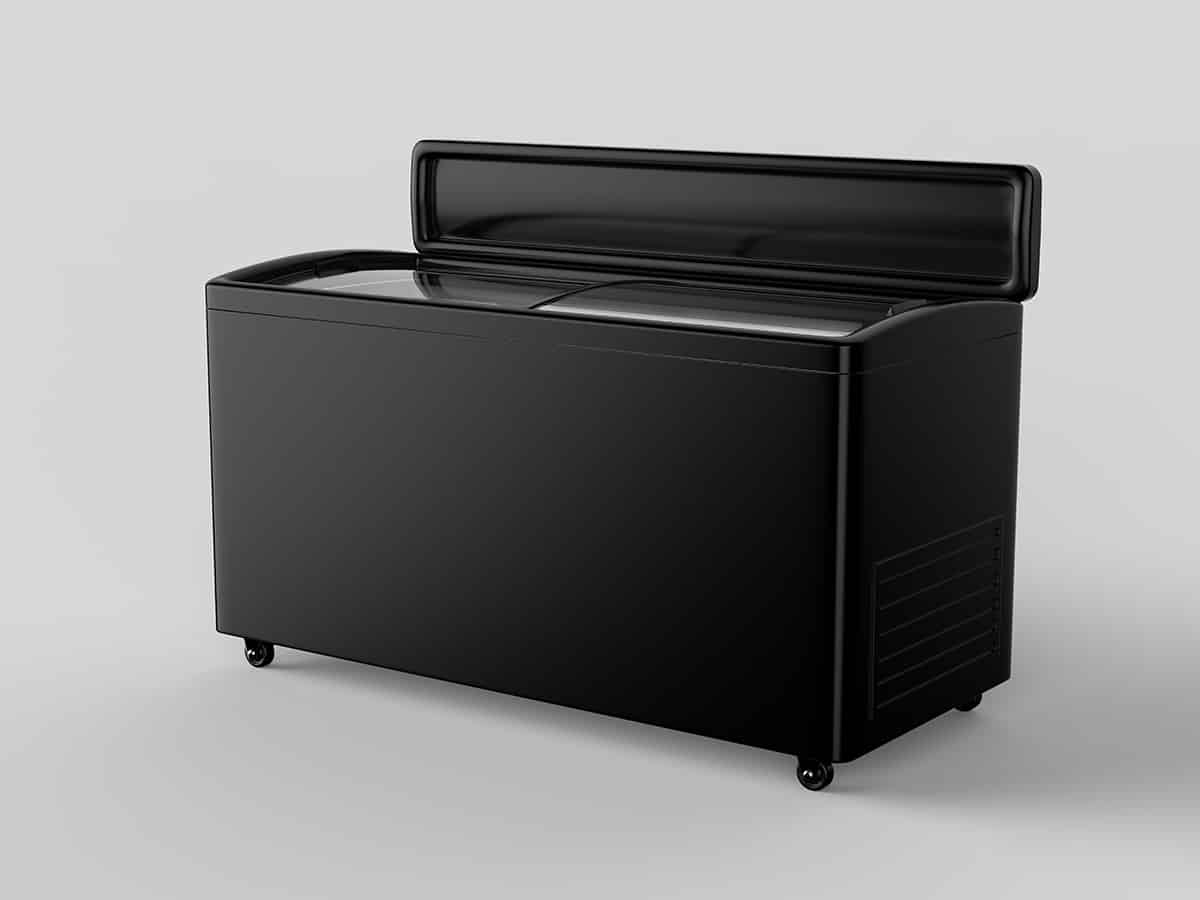
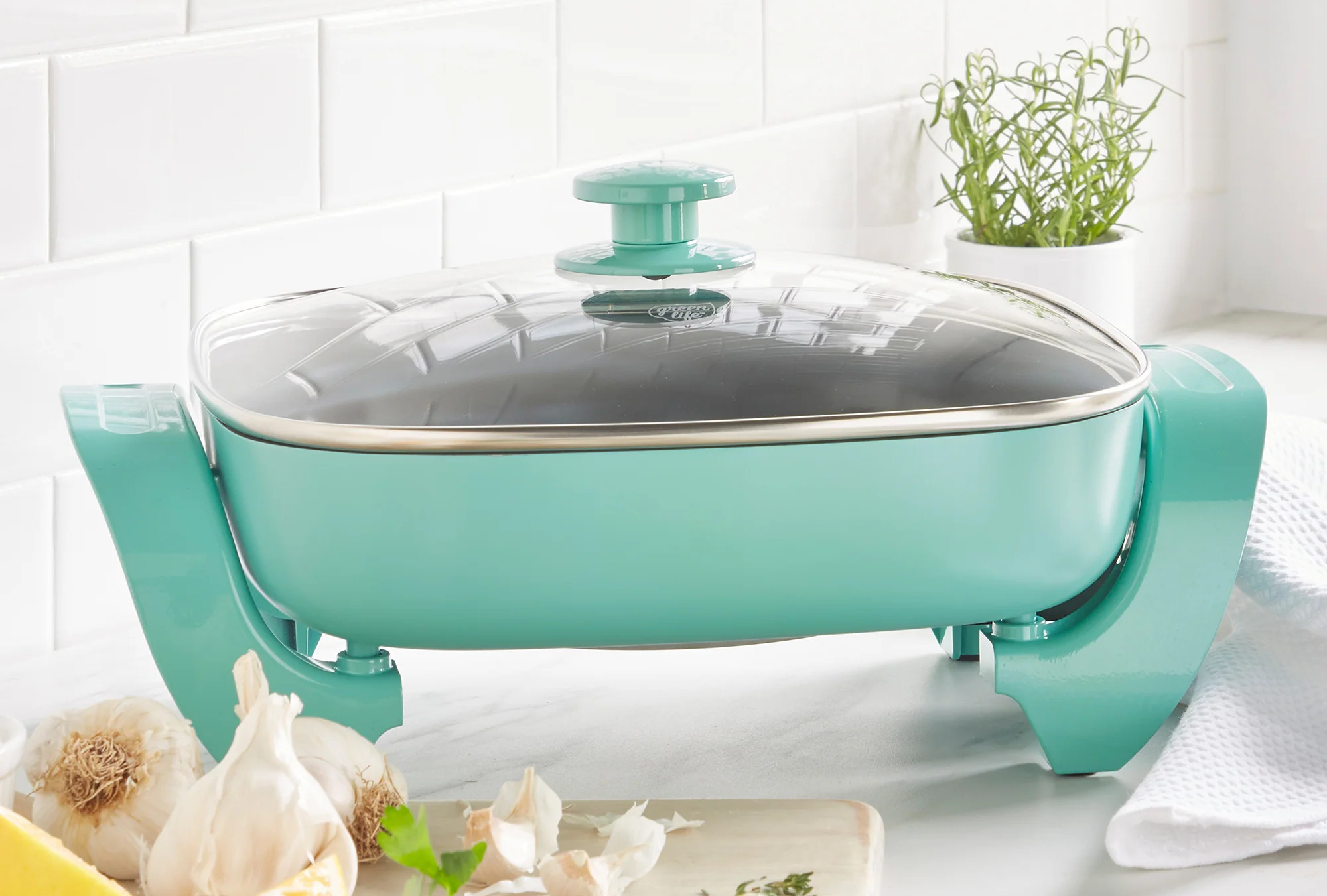
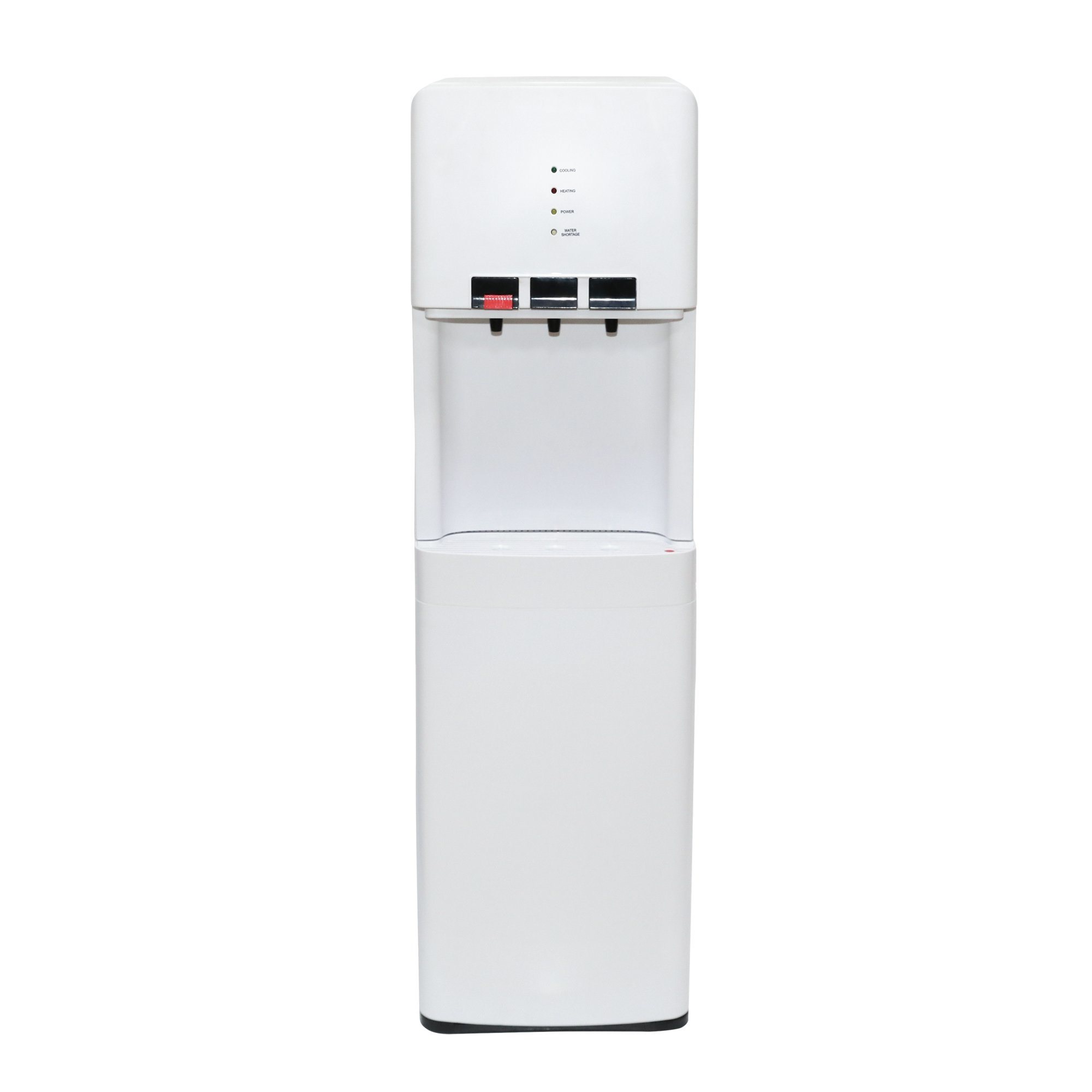
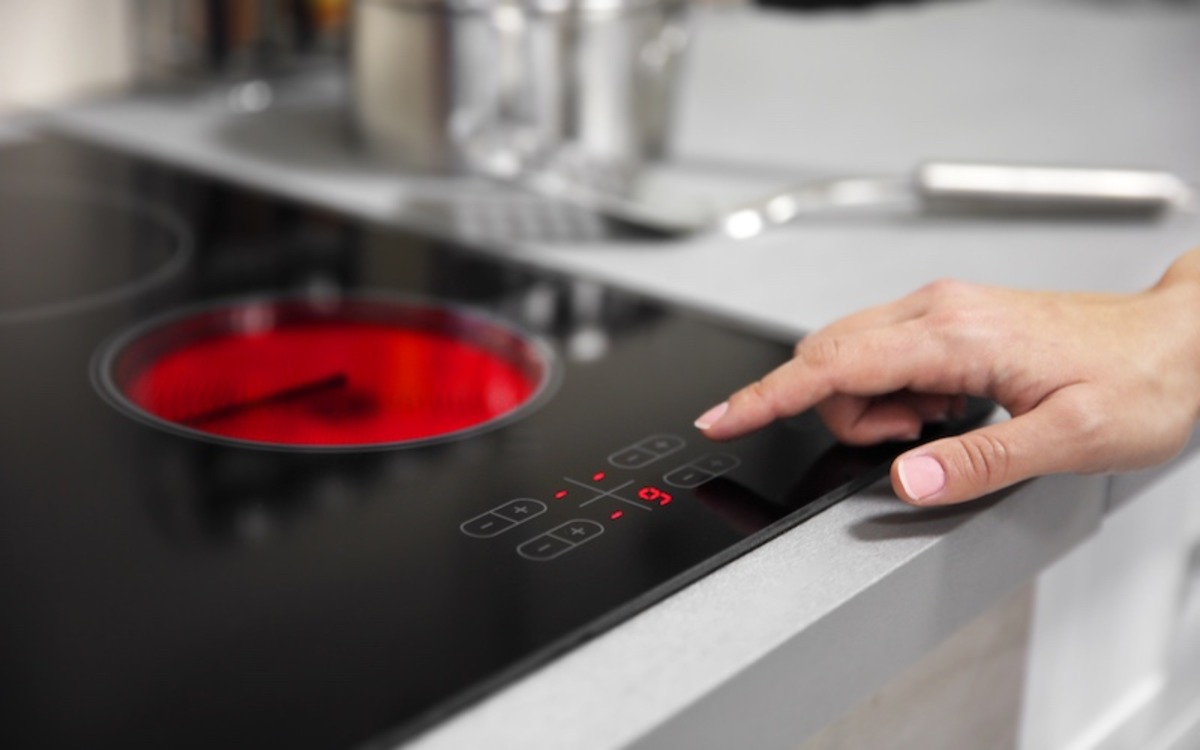
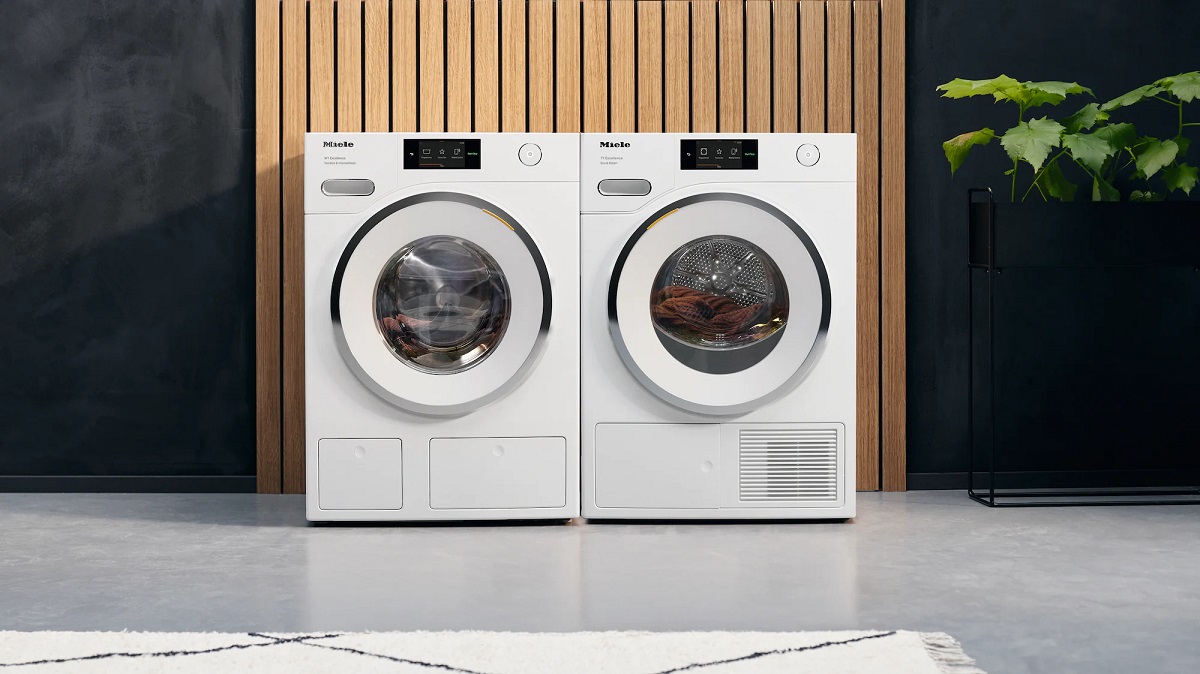
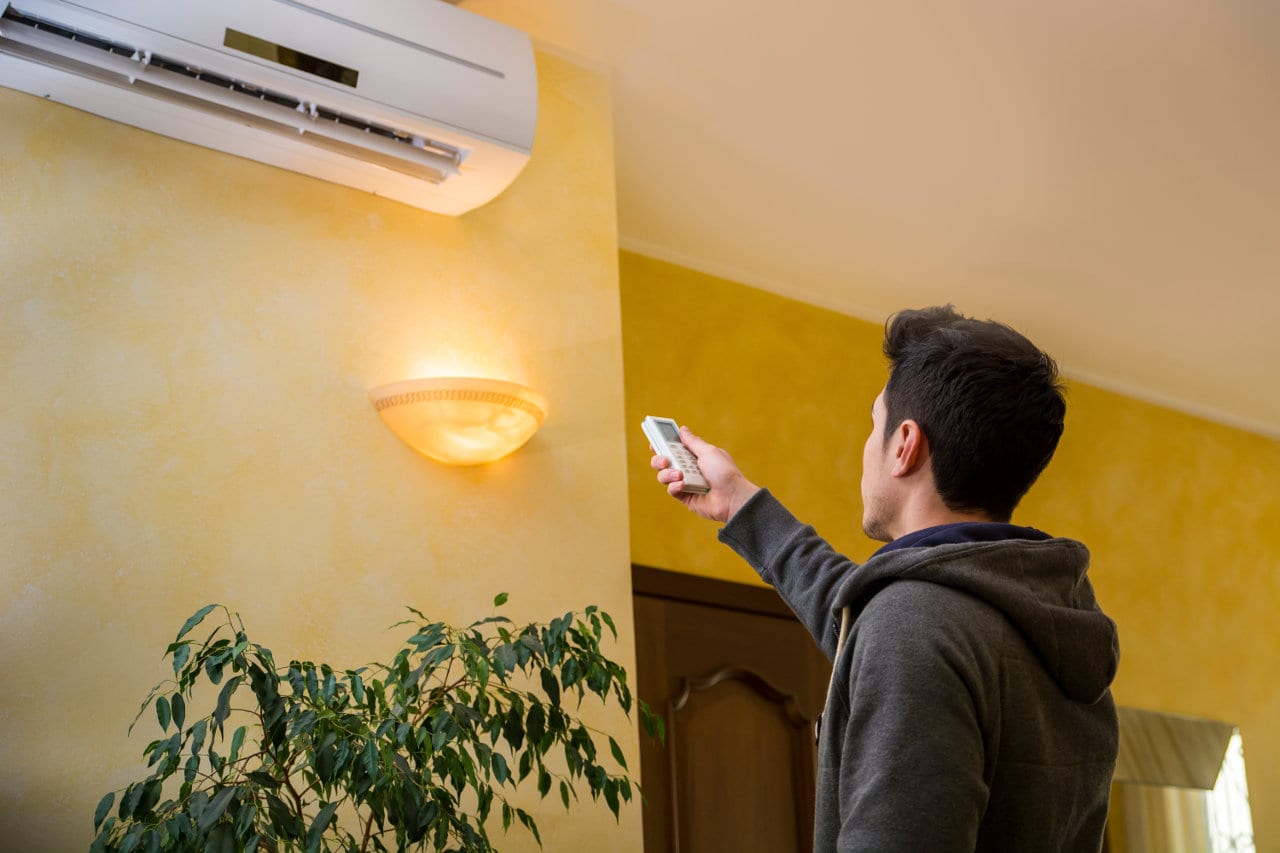
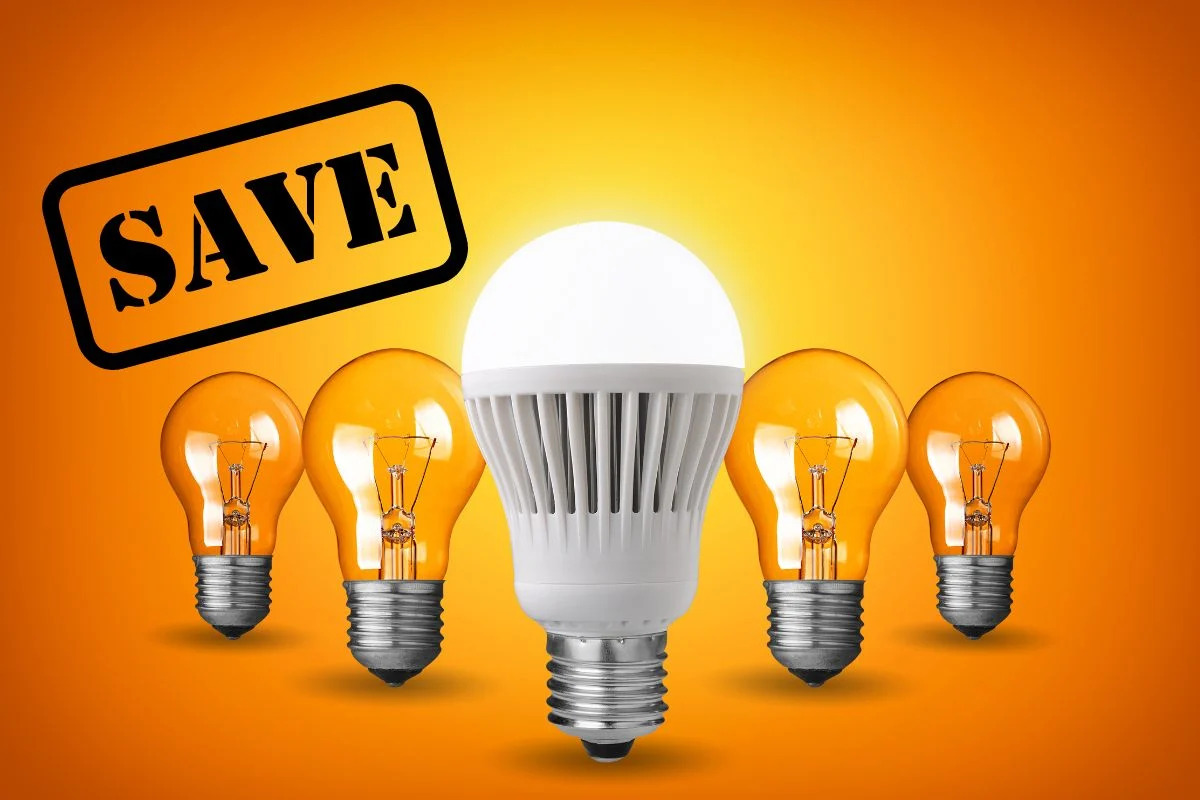
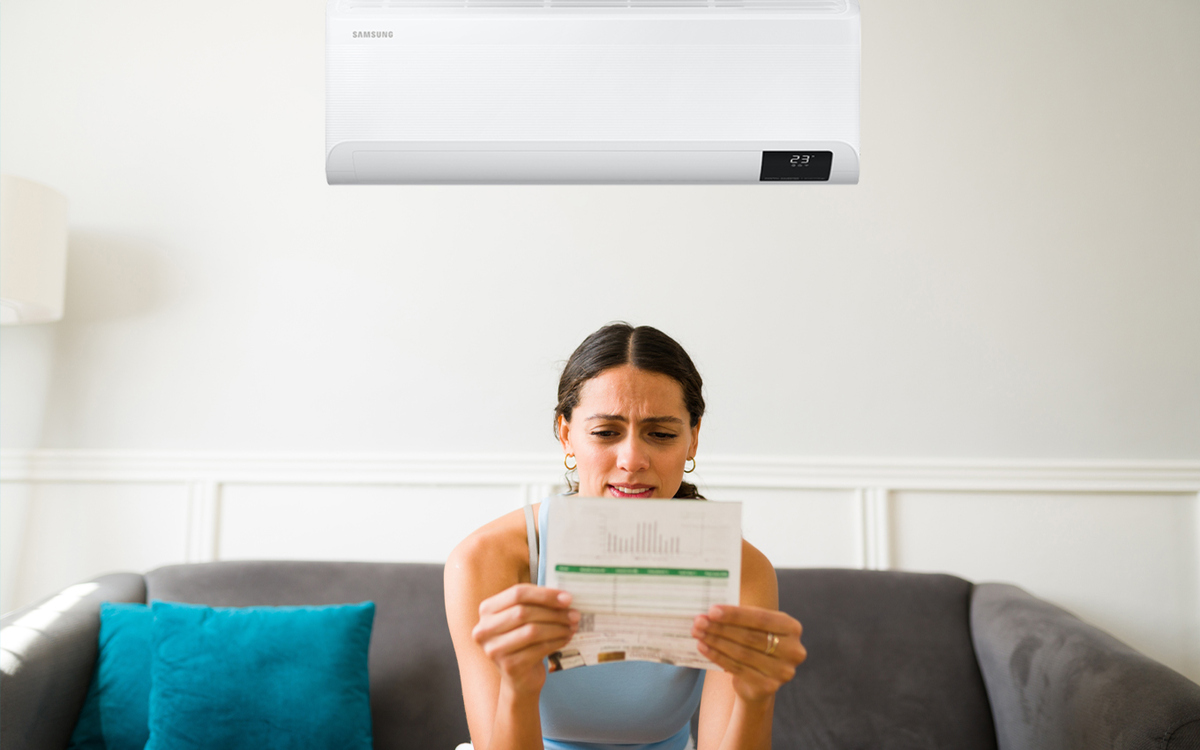
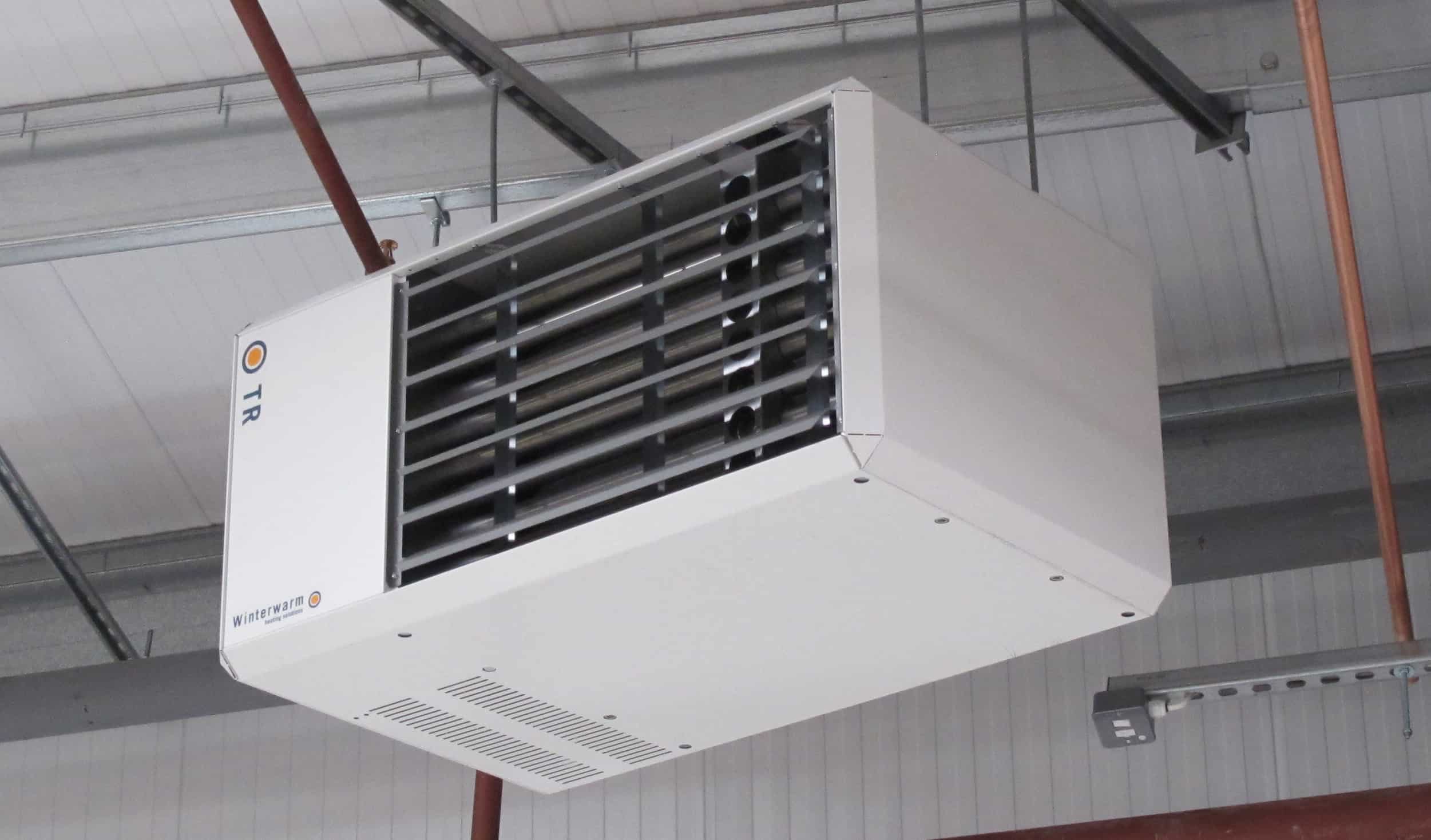
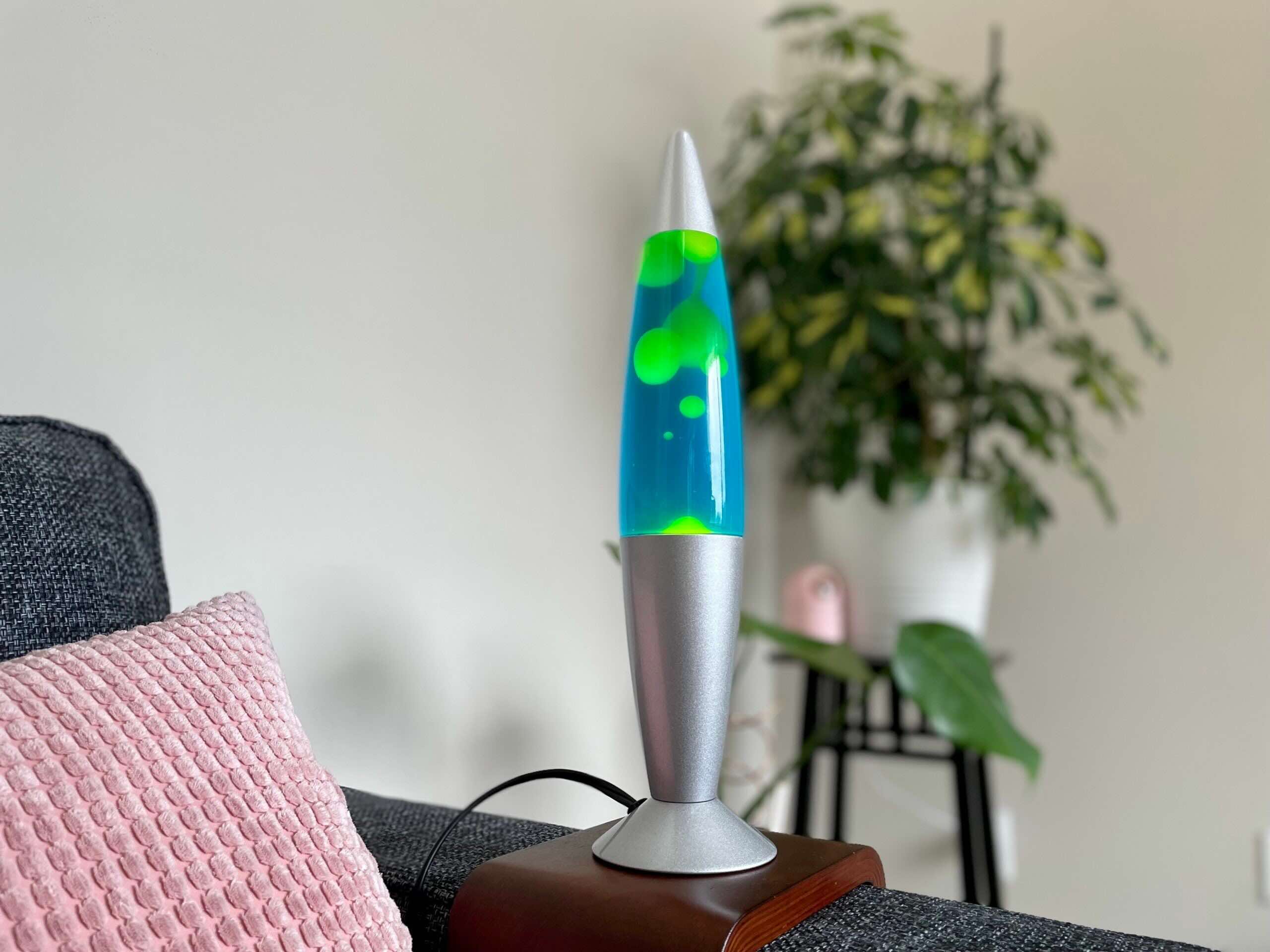
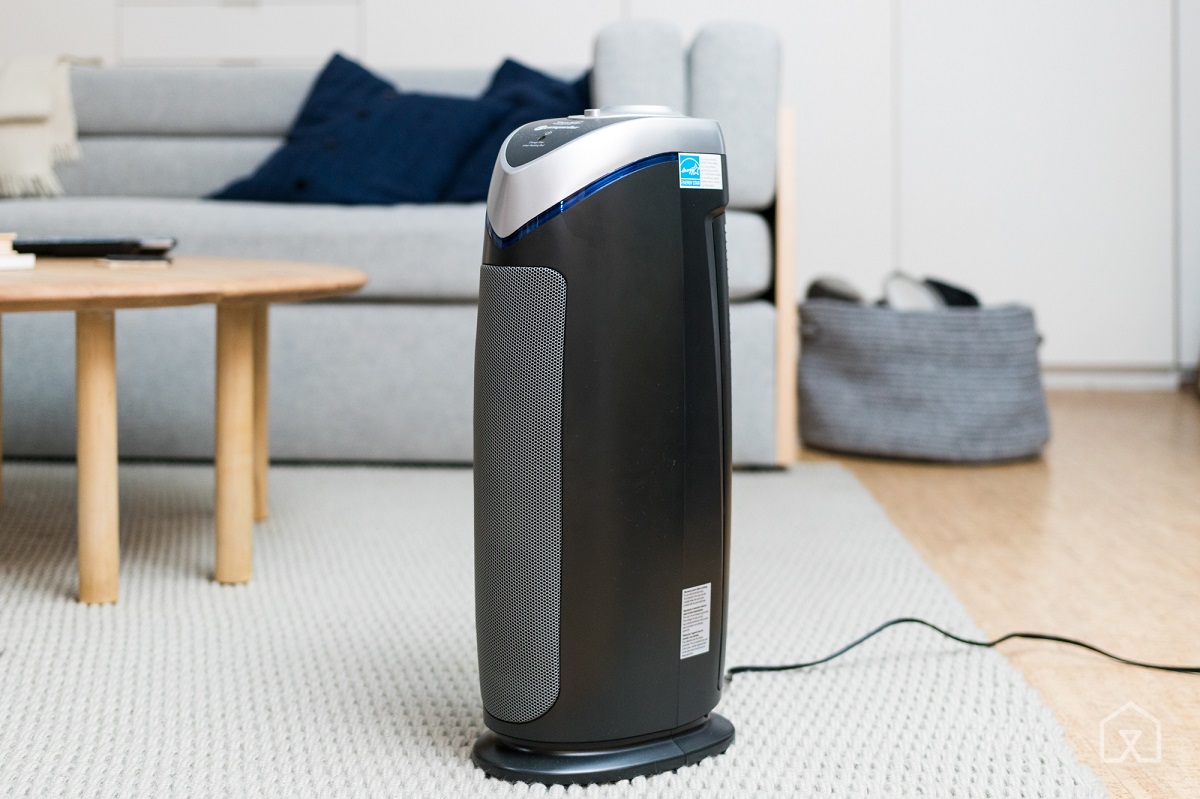
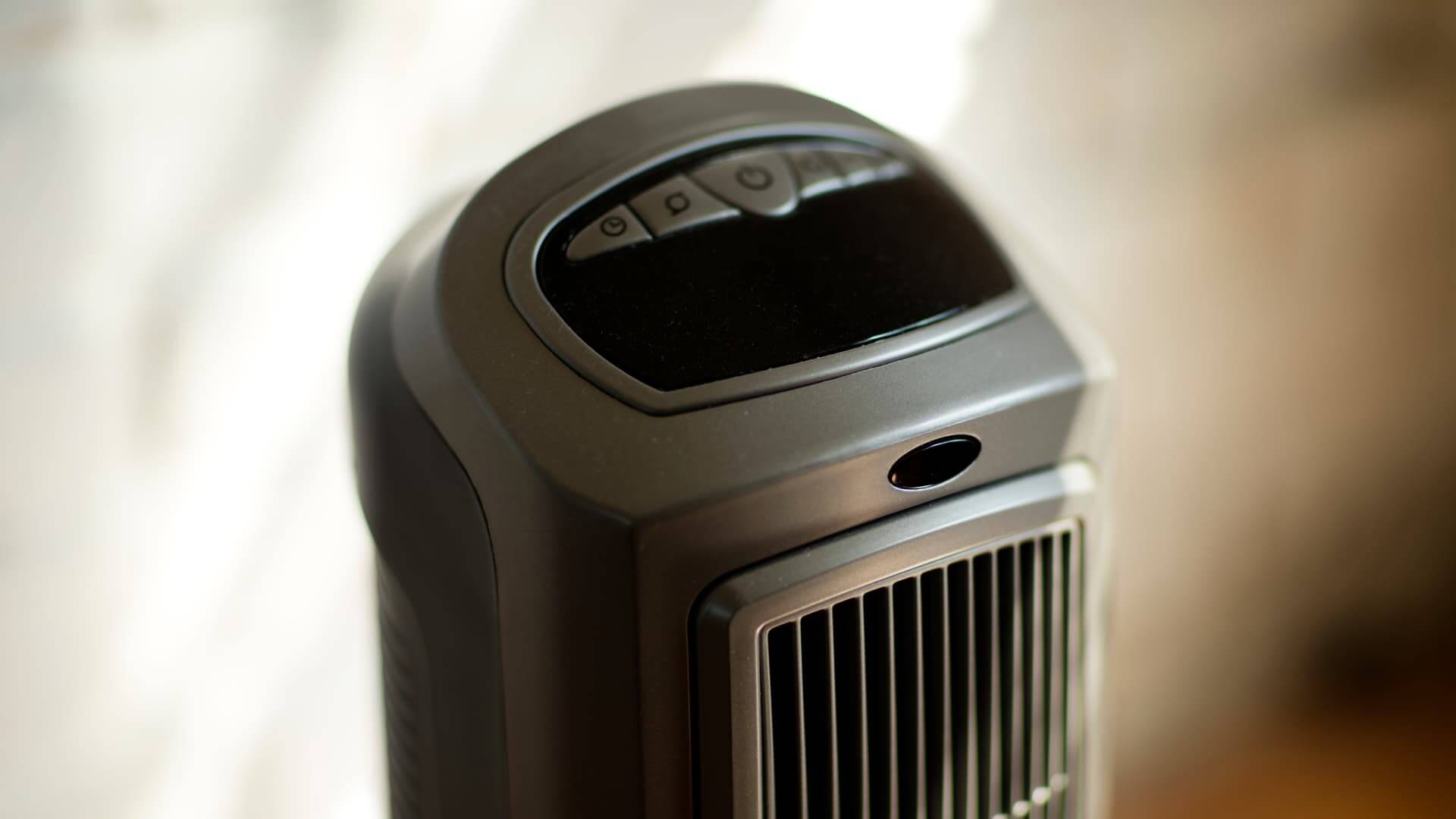
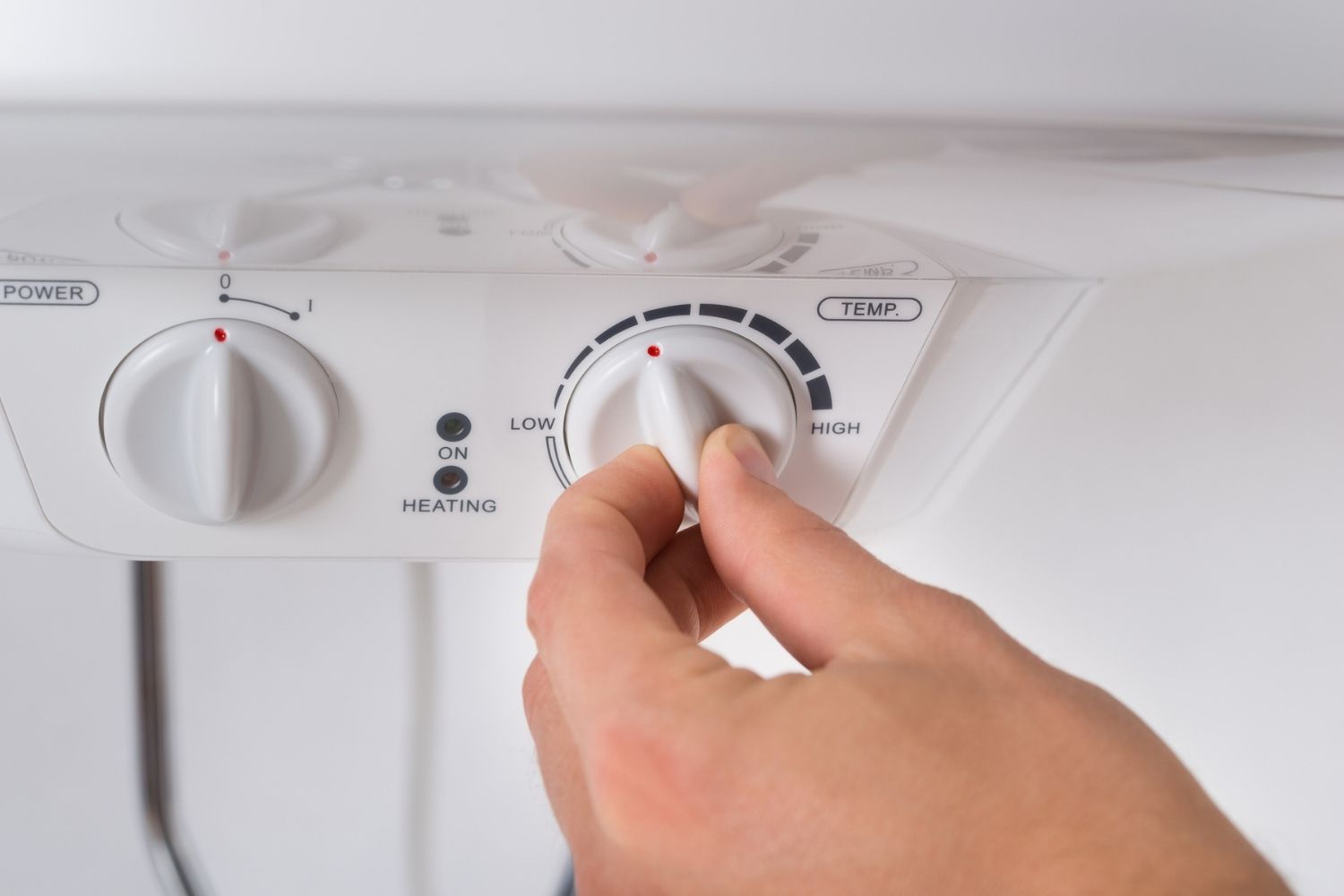
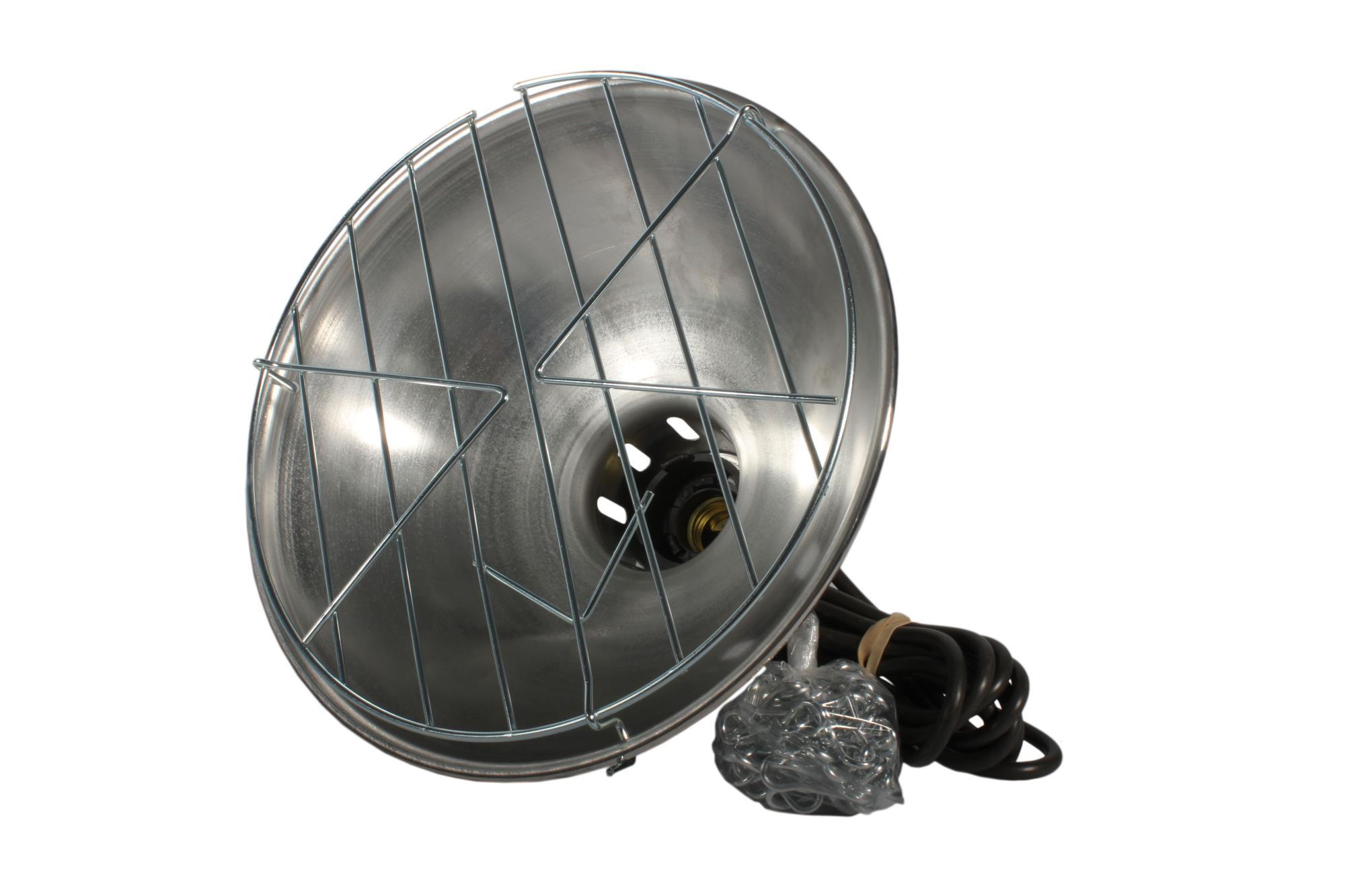

0 thoughts on “How Much Electricity Does A Dehydrator Use”